
Explore the latest insights on allergy testing in pets, comparing skin and blood tests, and learn effective management strategies for the itchy pets in your clinic

Dr. Jeromin is a pharmacist and veterinary dermatologist in private practice in Cleveland, Ohio. She is a 1989 graduate of The Ohio State University College of Veterinary Medicine and an adjunct professor at Case Western Reserve University's College of Medicine in Cleveland. Dr. Jeromin serves on DVM Newsmagazine's Editorial Advisory Board.

Explore the latest insights on allergy testing in pets, comparing skin and blood tests, and learn effective management strategies for the itchy pets in your clinic

Introducing Vet Watch! Christopher Lee, DVM, MPH, DACVPM, and Alice Jeromin, DVM, RPh, DACVD, discuss the clinical benefits and practical applications of isoxazoline parasiticides for year-round ectoparasite control.

Help clients navigate the murky information about supplements and keep their pets feeling their best.

Congress may soon mandate that we hand over a prescription for veterinary drugs we've traditionally dispensed. Note these critical differences between human and veterinary practices-and contact your congressperson to object to the bill.
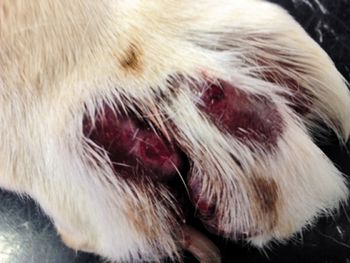
A veterinary dermatologist's perspective on this new option.
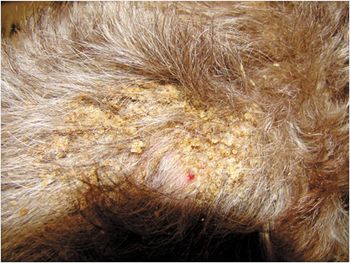
In a busy veterinary clinic, it's easy to make your best educated guess and move on when presented with what seem to be simple dermatologic diagnoses. But not so fast-many conditions can have similar presentations.

Cant stomach the dizzying array of pet food trends, fads and marketing tactics inundating the market? Lets demystify some of the most common misconceptions so you can counsel your clients with confidence.
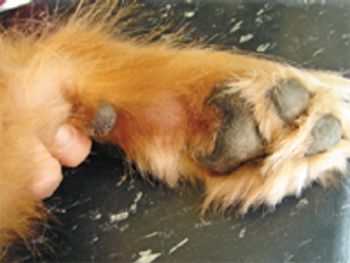
These practice pearls may help alleviate some of the itch of this irritating condition in your veterinary patients.
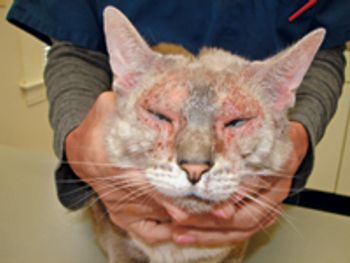
By bringing pets into our homes, we've increased their exposure to these common skin irritants.
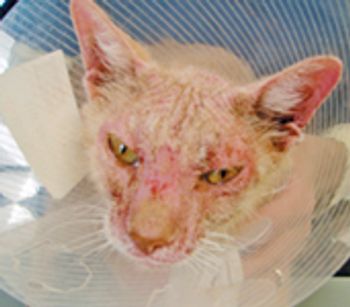
Make sure you know the signs and veterinary treatment alternatives to corticosteroids.
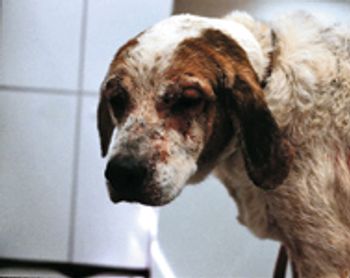
House dust mites are the most common allergen in people, dogs and cats. How did this get to be so common, and why is dust mite allergy such a problem?

Ear edge dermatoses in dogs can consist of alopecia, seborrhea, crusting, ulceration and necrosis.

After years of giving advice all day long to pet owners with allergic dogs, I now have a fresh perspective on the subject-that is after adopting Cindy, an allergic 11-year-old Golden Retriever, a few years ago.

Now that cats have overtaken dogs as the most popular pet in American homes, we are seeing more with dermatological problems.

I am often asked about what can be done for "dry skin" for patients on chemotherapy, where steroid is a part of that chemotherapy. However, it is not only patients on steroid for chemotherapy; some canine and feline patients have varying degrees of sensitivity to steroids and the changes they produce in the skin.

Cheyletiella mites (walking dandruff) have become an epidemic in our Midwestern practice in the summer, with endemic numbers throughout the year.
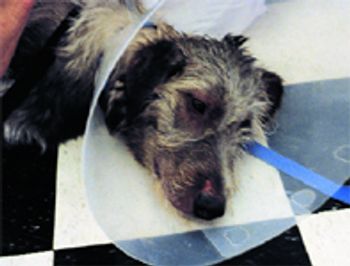
This allergy season in the Midwest appears to be one of the worst in memory.
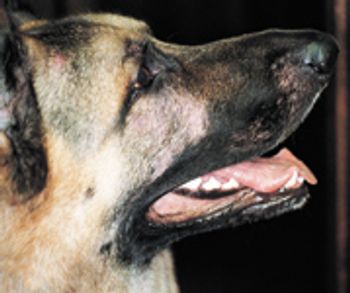
The immune system plays a role in the development of juvenile- and adult-onset demodicosis.
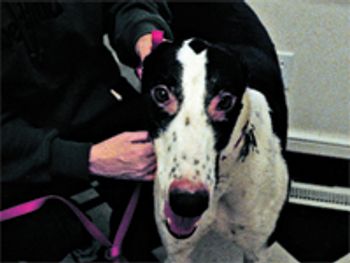
In our practice we actually see more cases of Cheyletiella mites "walking dandruff" than fleas!
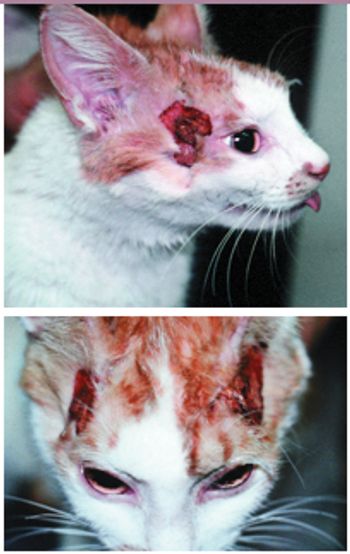
We are just now determining the best concentration levels to run a skin test for food-storage mites.

Most clients don't realize that dust mites are found in bedding, carpet, upholstery and mattresses — not in furnace ducts.
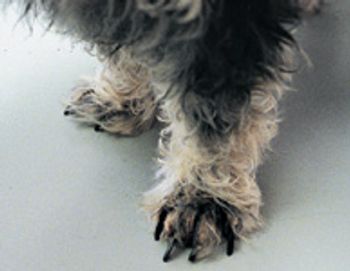
Since a deep secondary pyoderma is usually present, a culture and sensitivity is usually performed.
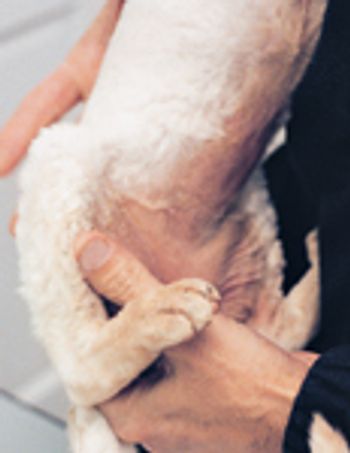
Some cats with food-storage mite allergy present with facial excoriation and recurrent otitis.
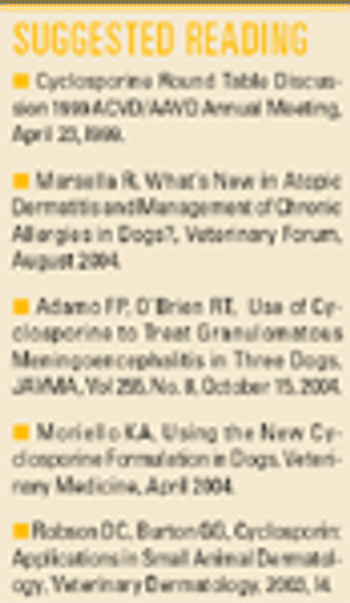
Immunotherapy is still the therapy of choice for long-term treatment of atopy.

Previously, differentials of feline facial pruritus were discussed to include ectoparasites such as flea allergy, otodectes, Notoedres and cheyletiella, food allergy, atopy including possible food storage mite allergy and demodicosis. Less common differentials include infections such as dermatophytosis, viral, and bacterial pyoderma, Malassezia dermatitis, Pemphigus foliaceus (PF) and idiopathic facial dermatitis of the Persian cat. Clinically, many of these diseases appear similar including Pemphigus foliaceus and bacterial pyoderma which can be difficult to differentiate both clinically and histopathologically.
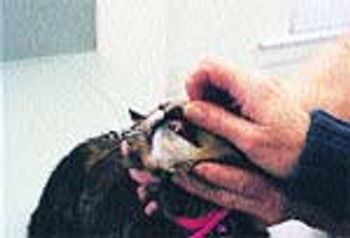
Q. I have a cat with a rodent ulcer that used to respond to steroid injections. Is there anything new for this?
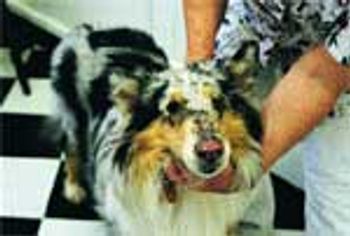
In my last article, I discussed skin diseases that result from not enough sun exposure, i.e. seasonal flank alopecia or light responsive alopecia. With the coming of summer, it is timely to offer attention to skin diseases that are exacerbated by sunlight.

Coming off of a long, dark winter as we are in the Midwest, we're confronted with a unique disease seen in certain breeds of dogs. Light responsive alopecia or seasonal flank alopecia is most often seen at this time of the year.

At one time or another, we have all made the same mistakes when working up a dermatology case. To help us all save time and get the most information with the least amount of work, I thought I would address what in my referral practice appear to be the most commonly made mistakes when working up a dermatology patient.
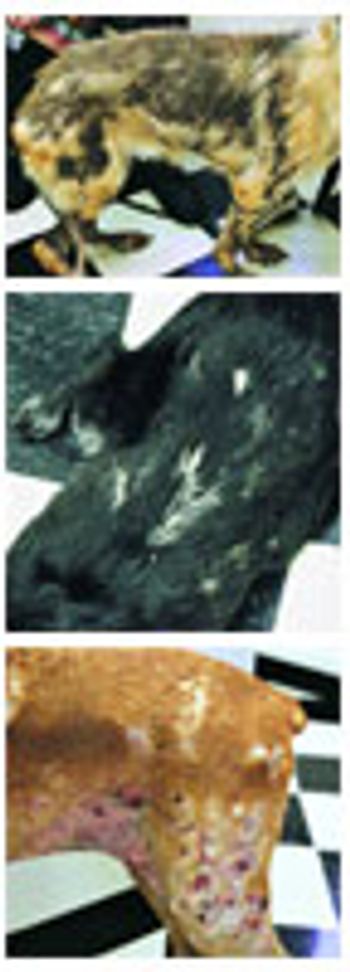
"Why does my dog have dry skin? Didn't I wash off all the shampoo? Am I bathing him too much? Does he need a conditioner?" We have all been asked these questions many times. With the winter months upon us for those in the colder areas of the country, the low humidity often causes humans to have "dry skin". This may be true for our canine patients as well, however dry skin in dogs may be the result of several underlying diseases (Photo 1).

Published: May 9th 2025 | Updated: May 12th 2025

Published: October 1st 2005 | Updated:

Published: May 1st 2001 | Updated:
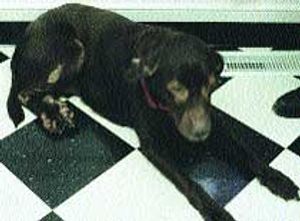
Published: September 1st 2002 | Updated:
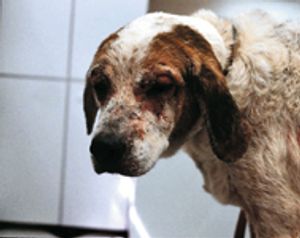
Published: April 1st 2010 | Updated:

Published: March 1st 2010 | Updated: